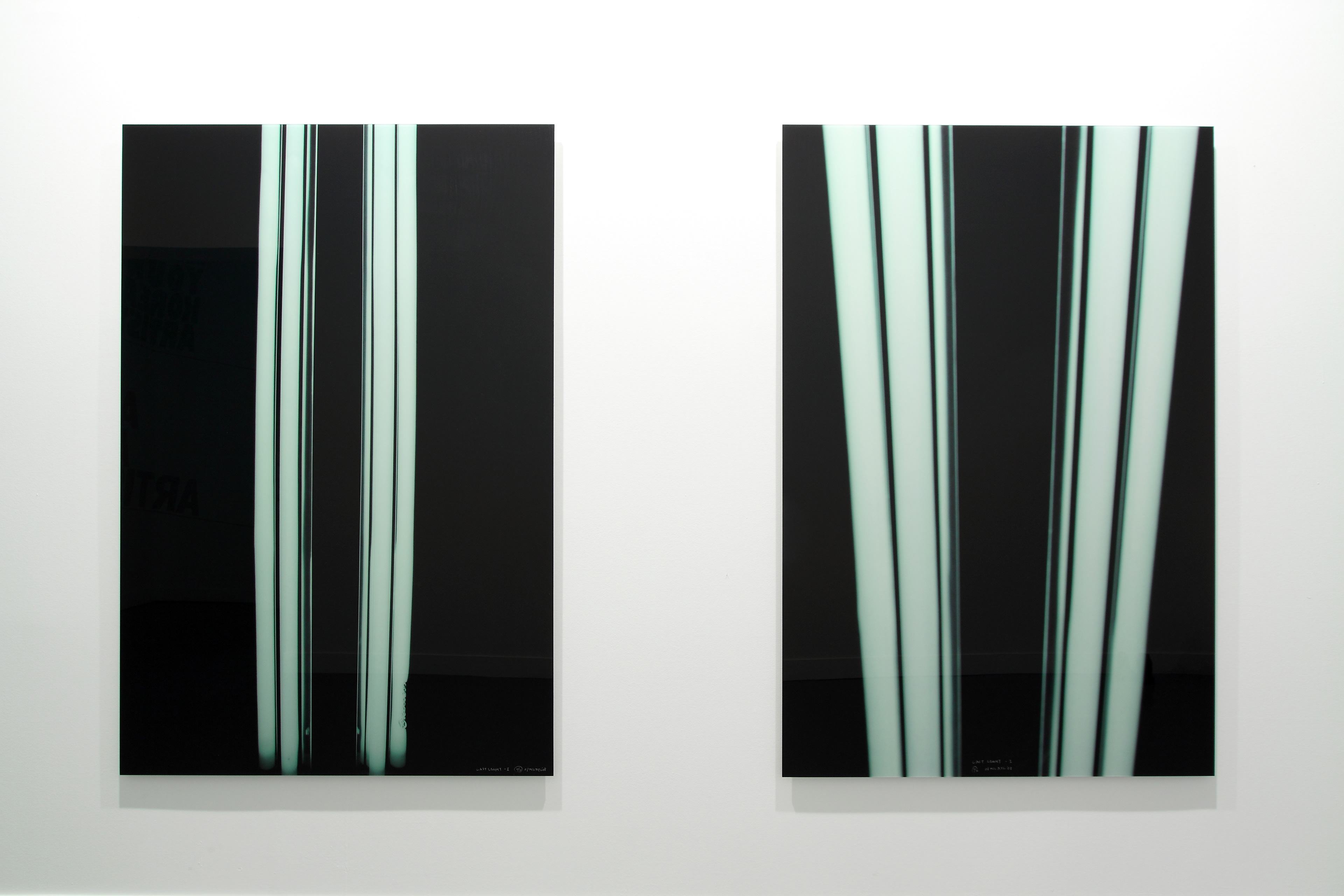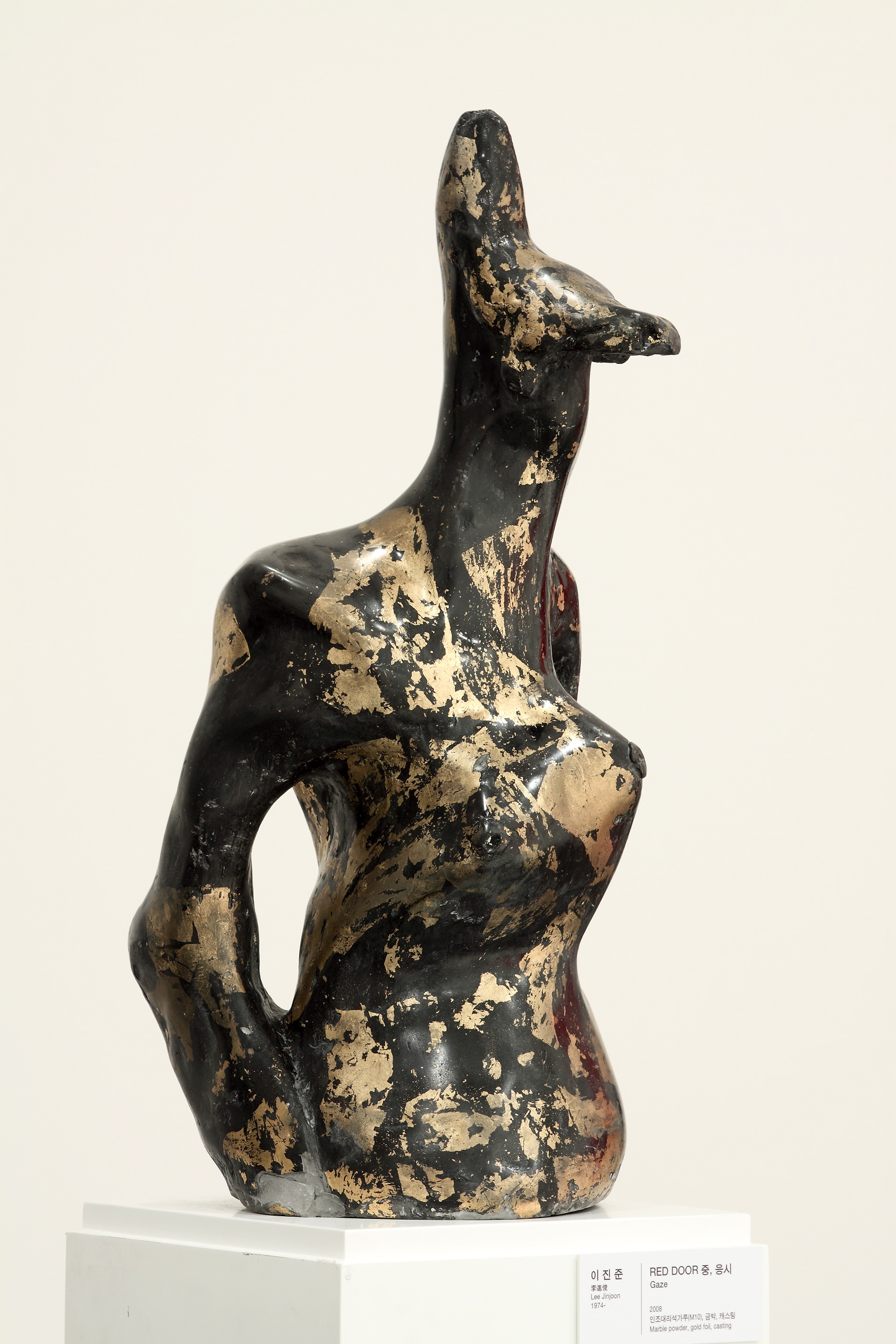by Choo-yeong Lee, Curator of National Museum of Modern and Contemporary Art
The gift given equally to all human beings by the divine is death. Death is an inevitable object that no human can avoid, and it was a subject of fear and awe. On the other hand, death was a presence of immense and fatal attraction that did not tolerate human resistance. Curiosity about the world beyond death and the desire for escapism from reality enabled voluntary death.
In art, death has been expressed as fear and calamity, authorship and emptiness, and sometimes as fatal fascination and temptation, and the image of salvation. The dual nature of death remains valid even in a scientific worldview that dominates the present world. Death is a crucial element that makes humans truly human. The realm of death makes it impossible to ignore the existence of the unseen divine. The moment the essence of death is revealed someday, humanity will lose the inevitable and fascinating entity along with the existence of the divine and fall into a sense of emptiness.
The fundamental attitude that permeates Jinjoon Lee's works is observation and contemplation. The meticulous interest and continuous observation of what lies beyond human and society go beyond superficial understanding and provide deep introspection and insight into truth and essence.
Red Door: A Study on How We Should Face and Look at Each Other in the Last Moments of Life discovers unexpected facts through the question, "What is the inevitable final scene that we encounter in the last moments of life?"
For the majority of modern individuals, excluding unexpected sudden deaths, most "deaths" occur in hospitals. The beginning and end of human life take place in the public facility called a hospital. The fluorescent light that one first experiences after being born becomes the light of life's final moments. The moment when the eyelids close and the eyes roll upwards becomes the last scene that humans behold. It is a somewhat surprising discovery considering the solemn attitude towards death or the absolute fear surrounding the end of life.
In his latest work, Red Door, tragic characters who encounter the last moments of life appear. It tells the story of a terminally ill woman and a man who becomes a plant-like being due to a sudden accident. The coincidental convergence of tragic circumstances that can hardly be found in reality is similar to the settings commonly woven in melodramas. Such typicality is an inevitable choice by the author to portray an unprepared extreme parting. The banality of the setting is offset by the restrained performances of the actors and the dramatic stage composition. The actors portray the tragic situation in an extremely refined and meticulously designed set.

The Last Light, 2008. Lambda Print, 170 x 114 cm(each)
A long fluorescent light is revealed on the dark ceiling. The images composed of black, white, and red symbolize life and death. Within the split screen divided into two channels, the man and woman's actions either overlap or separate at the boundary of the red door. The two individuals do not explain the tragic situation. They merely demonstrate refined actions that evoke despair and anger, resignation and comfort. Finally, the two individuals collapse like powerless trees. The fluorescent light from the dark ceiling emits a cold glow. In the last moment, the woman utters the only words, "I thought there was plenty of time."
The artist ingeniously utilizes the exhibition space to expand the stage within the screen beyond its boundaries. The man and woman have departed, leaving behind objects. The two red doors connect the images and the reality. The black piece that the man carried is a work created from processed extracted tree roots. The artist claims to have felt a strong attachment to life through the image and sound of tree roots resisting being uprooted while gripping the soil on a construction site. Through the process of burning and reworking the tree roots, the artist presents an impossible longing for irreversible human recovery.

Gaze, 2008. Korean Oil, Gold Leaf, M10, Casting

The final moments of life come without warning. The intense daily routines momentarily make us forget the existence of death. Suddenly encountering a moment of parting feels desolate and bewildering. Even though it is an evident moment that we will eventually face, we try hard to forget it. Life and death are two sides of the same coin. Life is sustained with death as its guarantee, and the "free will" bestowed by the divine is unrelated to death. When we realize and acknowledge this, humans can embrace death with greater flexibility.
Life is a journey toward death. The director of this journey is the divine, and the end of that journey and the space beyond it belong to the divine realm. There is no need to fear the end. Just as we naturally sleep and wake up each day, we can face it in the same way. However, we can only pray to face the unknown world without suffering. Living is dying. It cannot be undone. Impossible “undo”.

Red Door: A Study on How We Should Face and Look at Each Other in the Last Moments of Life 2008. 2 Channel video and sound, 10'46".

Undo, 2008. Burnt wood, carving, 120 x 110 x 35cm.
Through the research titled Interview: A Study on How to Interview 17 Artists for 10 Minutes, the artist poses another question about irreversible time. Seventeen participating artists in the exhibition posed their own questions and participated in a non-cut interview lasting for 10 minutes. Many artists were unsatisfied with their 10-minute interviews. But regrets are futile. Jinjoon Lee says, "That's what life is." The simultaneous interviews of the 17 artists can only be heard by the divine. The 10 minutes given to the artists are equivalent to the lifetime granted by the divine to humans. You have been given an interview time. Ask yourself questions and answer them. Time does not stop. In the complete video that encompasses the entire moments, including the ones you regretted and wished were not captured, we are all in the midst of an interview. In front of a camcorder set up by an absolute being…
